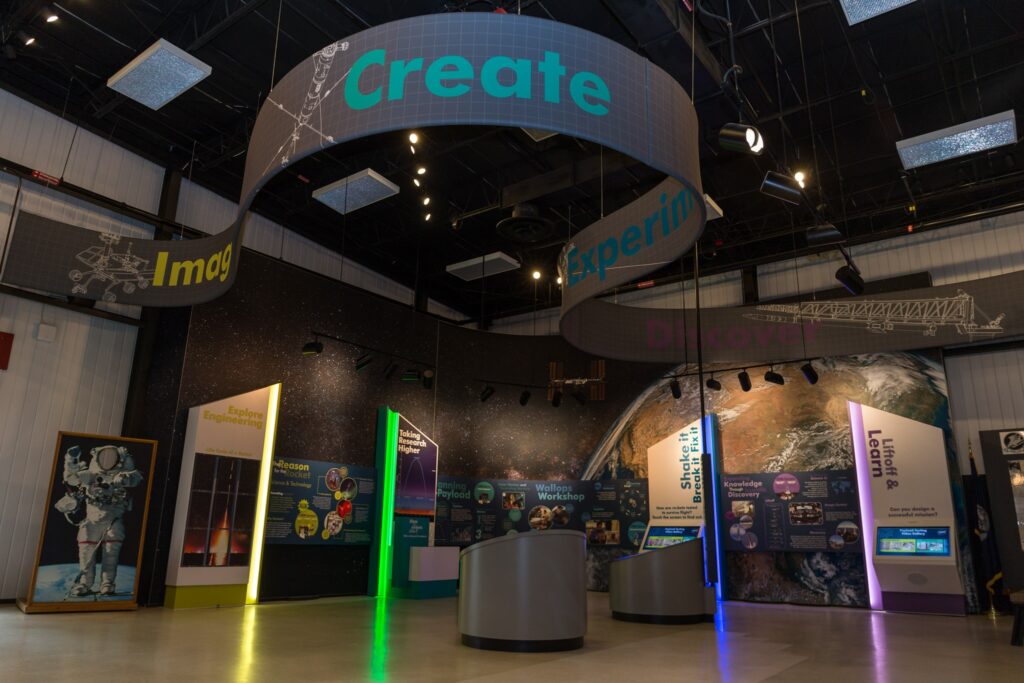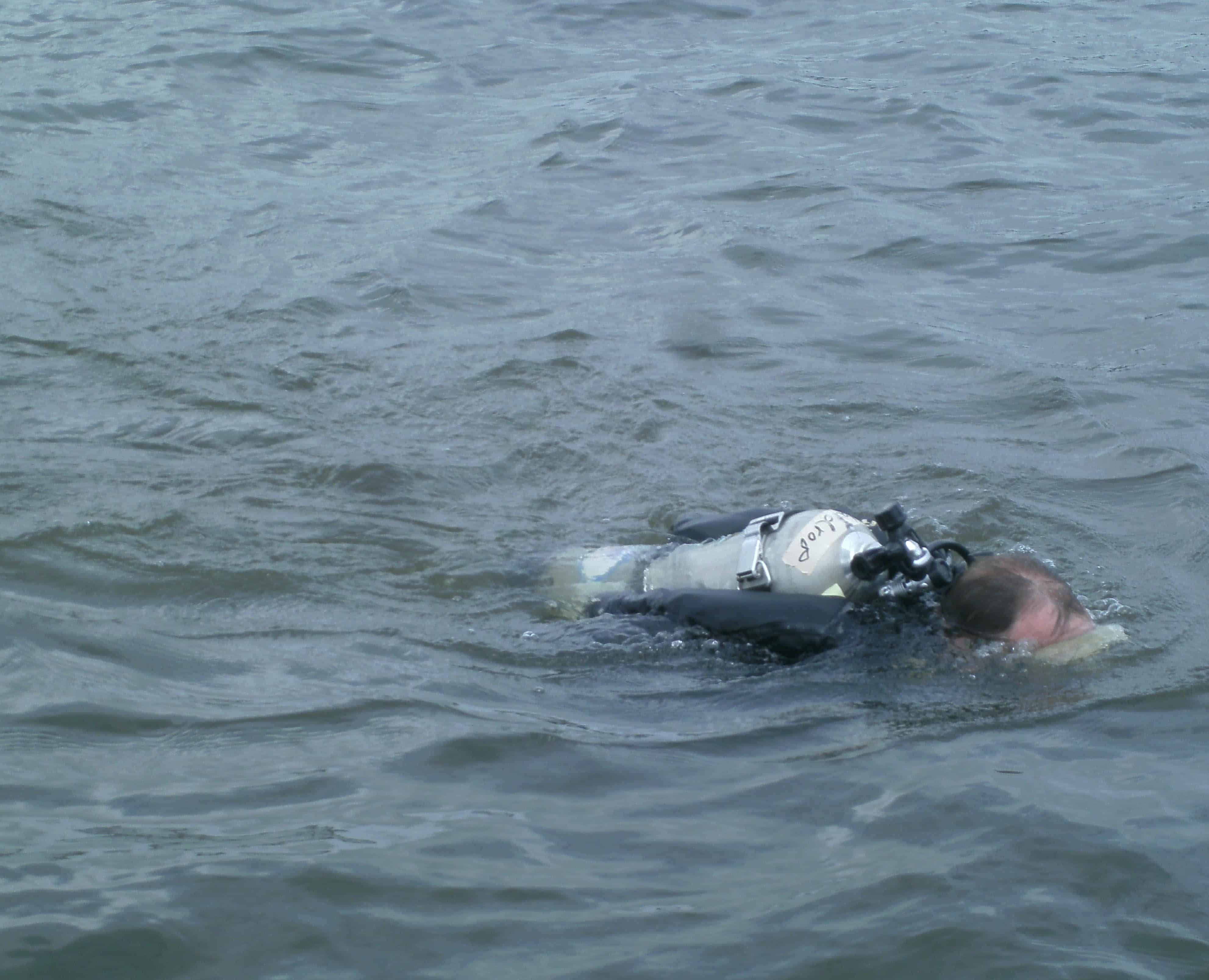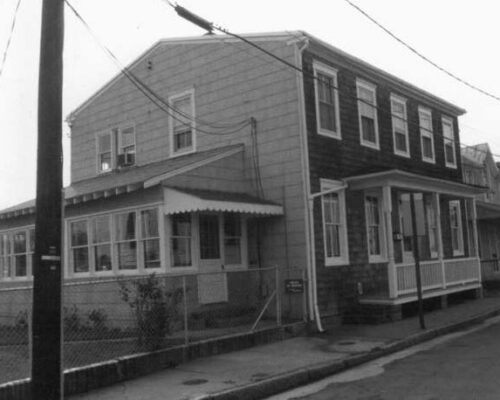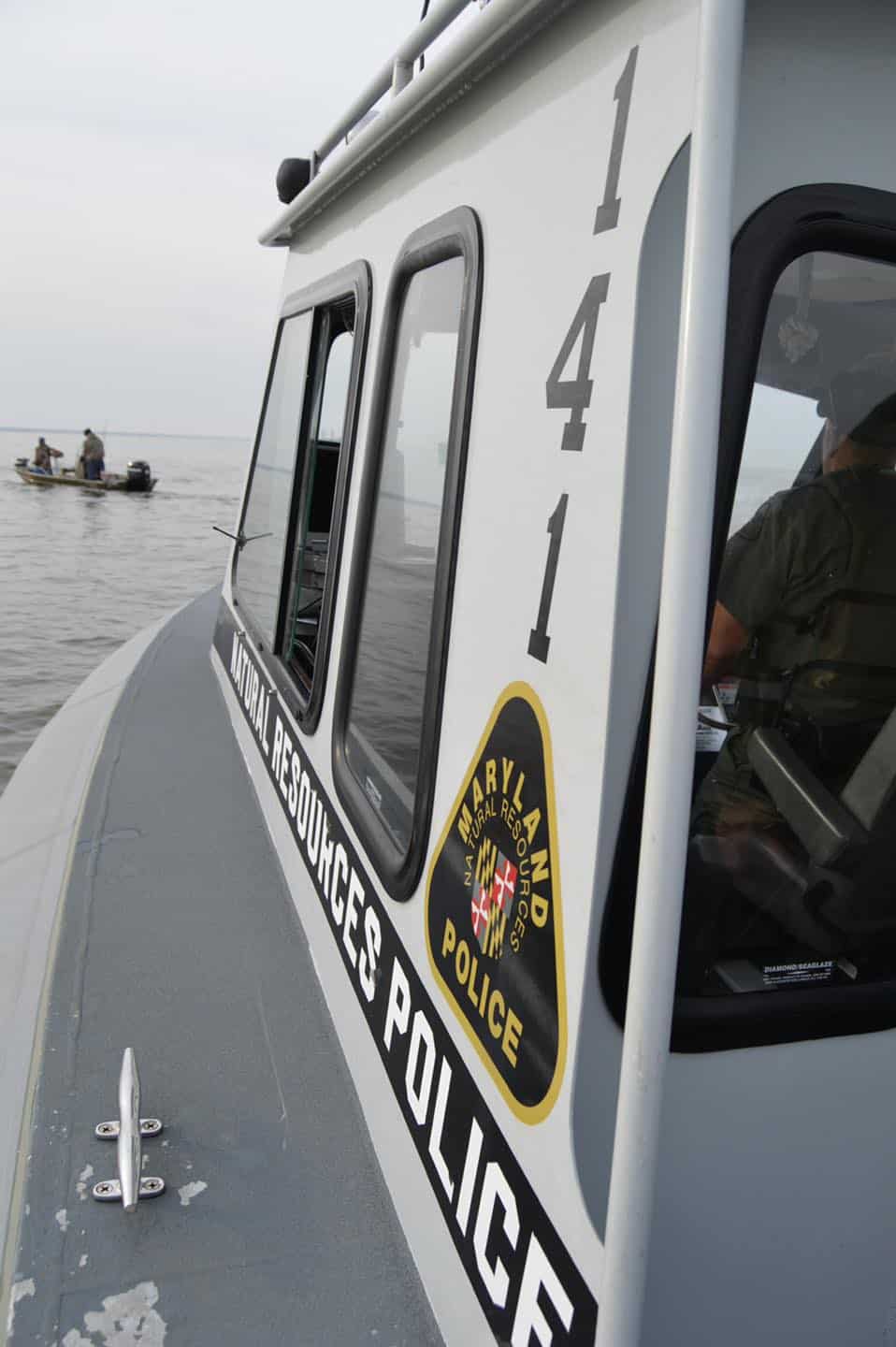The Chesapeake Bay region is at the forefront of the U.S. space industry, with a significant NASA presence and the growing footprint of Rocket Lab.
In Wallops Island, Virginia, just south of the popular tourist spot Chincoteague Island, rocket launches are a regular occurrence. If you’ve always wanted to know more about what goes on at Wallops Island, you can take advantage of this Friday’s NASA After Hours program at NASA Wallops Visitor Center.
This Friday, Dec. 15, the Geminids Meteor Shower will bring plentiful metors. Under a dark sky with no moon at the peak of the shower, you might catch 120 Geminid meteors per hour, according to earthsky.org.
Beginning at 7 p.m., the Wallops Visitor Center will open with activities as well as a chance to view the meteor shower (as long as clear skies on Virginia’s Eastern Shore cooperate).
The NASA After Hours lineup includes an Astronomy 101 lesson followed by Constellation BINGO, a solar system trivia game, and meteor shower viewing with the West Jersey Astronomical Society on the visitor center grounds.
The National Park Service Junior Ranger program will have Night Explorer guidebooks for kids. Young astronomers can learn to explore the night sky, where to find the North Star and how to track moon phases. The first 50 children (ages 5-12) who complete the planisphere activity with staff will earn a free Night Explorer patch.
The Visitor Center is open to the public Tuesday- Saturday 10 a.m.- 4 p.m. and admission is free. NASA Wallops Flight Facility offers behind the scenes tours for pre-registered groups and the Visitor Center, just seven miles from the launch pad, is open for launch viewing. The next launch at Wallops is (tentatively) scheduled for April 8, 2024, when the Apophis mission will send three Black Brant IX sounding rockets into space.
Wallops Flight Facility has launched more than 16,000 rockets carrying science experiments, technology, and satellites since it began.
-Meg Walburn Viviano




